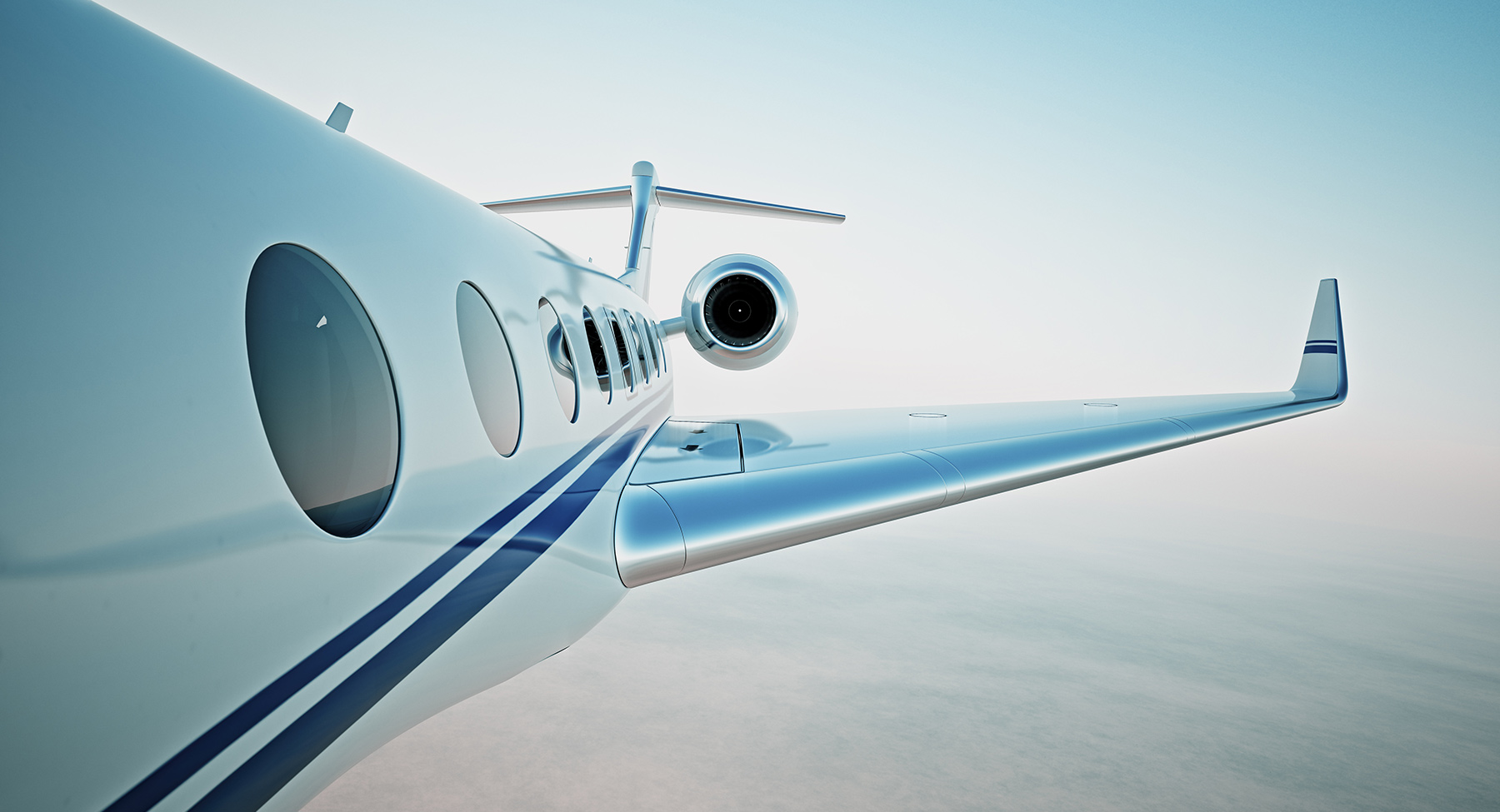Take Aircraft Insurance Rates Into Consideration
It’s not news that goods and services cost more recently, and that higher prices have affected every segment of business. While that’s true for aviation as a whole, there are other factors which have led to rising aircraft insurance rates – the cost of which is growing at a higher rate than other segments.
That might be an afterthought for very large flight departments, but prospective buyers and owners and operators need to factor airplane insurance costs into considerations when buying aircraft. One way to do so is to work with an experienced team of aircraft advisers, who are looking out for the buyer, not just trying to close a quick deal.
Why Did Aircraft Insurance Rates Jump?
A confluence of events led aviation insurance to their current conditions. It’s a long-term business where global events and economics factor into how the market responds and corrects itself. The ebbs and flows of the industry has an effect on the customers, who may see fewer options than in the past.
Tragedies like the September 11th attacks can have a crippling effect financially on something like the insurance industry, which took nearly 10 years to recover from financial losses. Customers saw higher rates until about 2010 from 2001, before they started to drop. That led to a period of lower rates and more underwriters entering the market, artificially driving down coverage rates, as well.
Unfortunately for owners, the insurance industry has been facing another financial hit over the past four years. In the aftermath of two Boeing 737 MAX crashes, the commercial airliners were grounded around the world. Insurance companies covered grounding liabilities to the airlines which could no longer use the planes, which created a substantial market change.
Those commercial losses have affected private aviation insurance rates, which are coming from the same larger pool of coverage. Add to that the unknown impact of Russia’s invasion of Ukraine, which could see confiscation or damage to more aircraft globally. The ripple effect of the war cannot be completely predicted, but it’s safe to say insurance rates aren’t going to be dropping any time soon.
What to Consider as an Aircraft Owner
If one is operating a corporate flight department, the cost of insurance is a relatively small line item for the entire operation. But for a company or individual who owns a single plane? That increase can be substantial and could influence a decision-making process.
Hatt & Associates works with connected, accredited professionals, such as Tom Hauge, national sales director of Wings Insurance. Hatt’s team factors all of the considerations a buyer should make before completing the deal.
One major area to consider, Hauge said, is the crewing of the aircraft. A difference in options now versus insurance from five years ago is the maximum coverage that companies will underwrite, and how they will do so. Single-pilot aircraft are more likely to see restricted coverage options than two-pilot aircraft. Over the life of the aircraft, the finances are likely to work out better for an owner by committing to a larger crew employment. Of course, it also makes operating the aircraft safer, as well – which is one of the reasons people choose private aviation in the first place.
Hatt and its partners work with prospects to counsel them accurately and with their best interests into account. Their professionals are advocates not just for the aircraft one thinks they need, but what makes sense for their mission and usage. Factoring in everything is a transparent way for Hatt’s sales team to show how costs are accounted and planned for, ensuring a successful aircraft ownership.
Talk to our team early in the buying process to investigate what aircraft insurance rates mean to the purchase decision. We work with clients through every step of the process, with no surprises. Solutions are available to keep deals on track. Let us guide you through them.
